Exploration of Kubernetes Metadata: Labels, Selectors, and Annotations
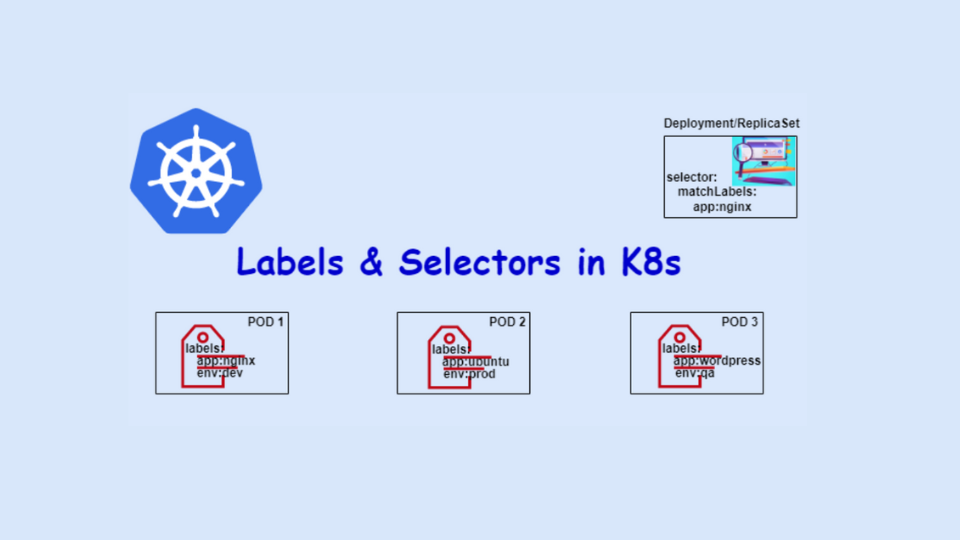
A Deep Dive into Kubernetes Resource Classification and Configuration Overview Kubernetes, a container orchestrator, is designed to handle applications at scale. While working with multiple objects we may need to group them. Metadata like, labels, selectors and annotations play an important role while configuring and working with kubernetes objects. Labels and selectors are used to select […]
Creating Kubernetes Cluster With CRI-O Container Runtime
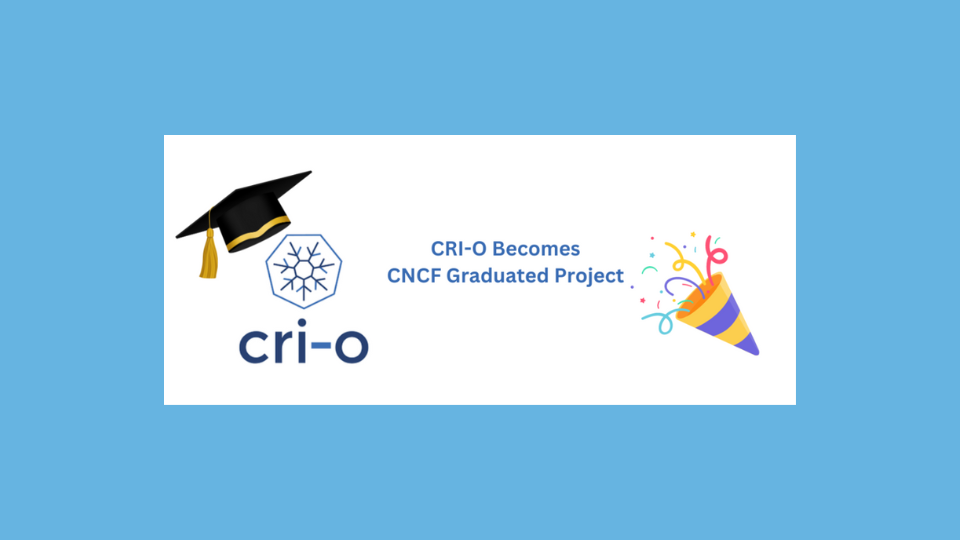
Exploring CRI-O Container Runtime and how to set up a Kubernetes Cluster with it. Container Runtime Interface (CRI) is one of the important parts of the Kubernetes cluster. It is a plugin interface allowing Kubelet to use different container runtimes. And recently, CRI-O container runtime has been announced as a CNCF Graduated project. I thought of creating a hands-on […]
High Performance Log Analytics with Parseable and Vector

Efficient Strategies for Logging, Analysis, and Visualization As we live in a digital world, people want applications to be operational 24X7. To achieve that, we need to solve the issues quickly or predict the issues in advance. Hundreds of microservices and thousands of servers are working behind the scenes. If something goes wrong, then how to debug it? To track the […]
Introduction To Parseable
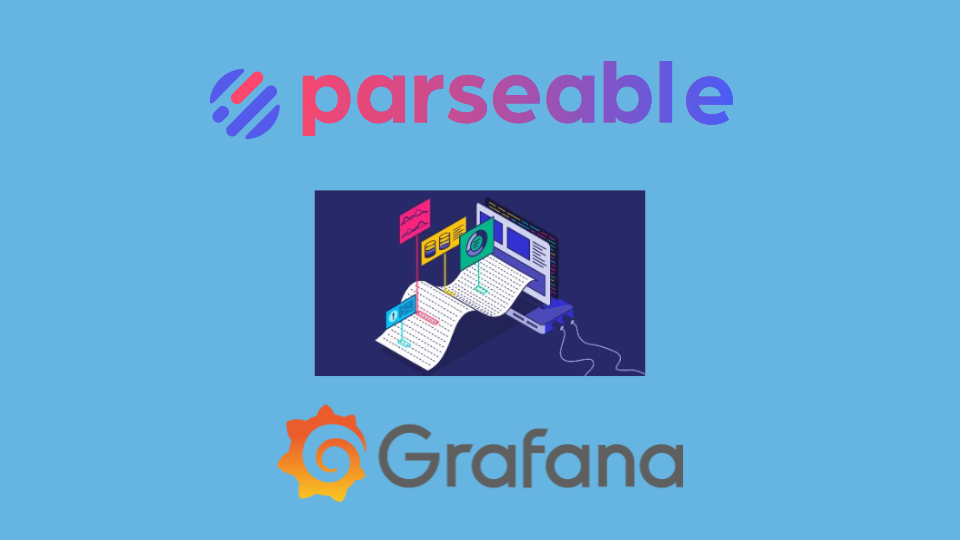
Discover and learn about Parseable , a new cloud-native log observability stack Log data has become one of the most important parts of the business, which plays an important role in its reliability and security. Previously, logs from applications and servers were saved to files on local disks. But to save space on disks from […]
Kubernetes Logging Essentials

Exploring different kinds of Kubernetes Logs and the Logging Pipeline Kubernetes, an open-source container orchestrator, is designed to manage and deploy applications at scale. While working with Kubernetes, Developers and DevOps engineers should know how to troubleshoot clusters and find issues via different kind of logs. Due to its dynamic nature, it is challenging to centralize logs for […]
Unveiling Sidecar Containers in Kubernetes
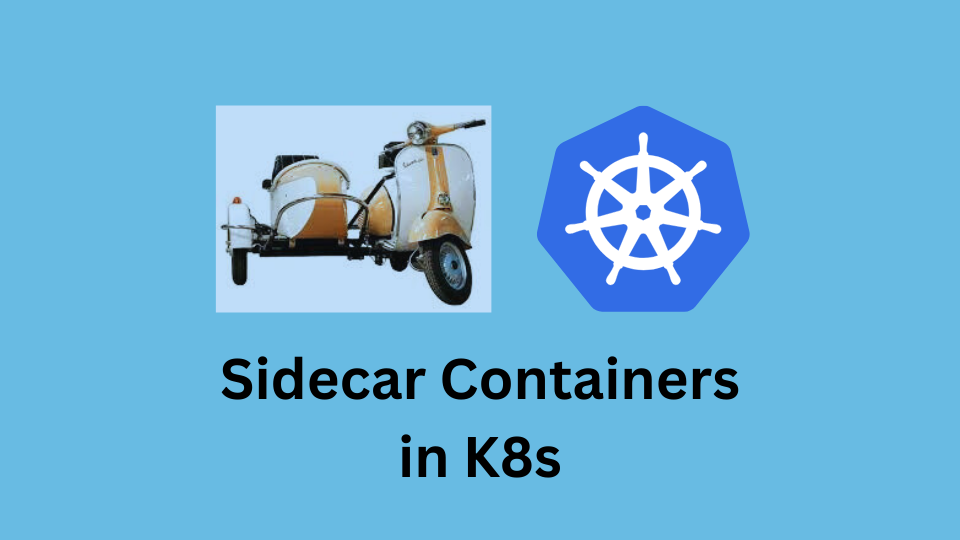
To extend the functionality of the application container in the Kubernetes pod A Sidecar pattern can separate an application’s functionalities into different processes. With the help of the sidecar design pattern, we may expand the functionality of the main application without modifying its codebase. From a software point of view, a sidecar is attached to a core application […]
Intro To Kubebuilder and Deep Dive
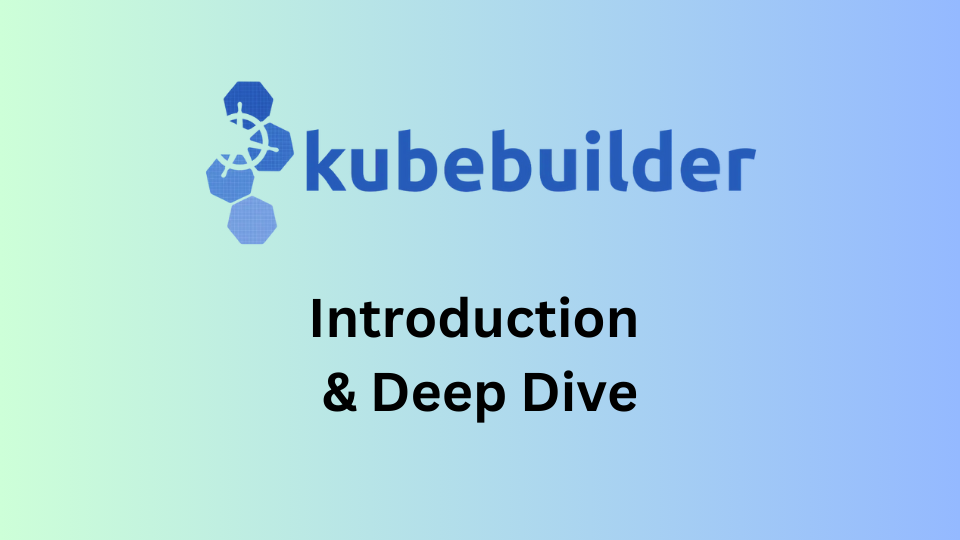
Creating a custom operator from scratch in kuberentes can be tedious and involves dealing with Kubernetes API to create, watch, update objects etc. It involves a steep learning curve with lots of complexity to handle. Many tools and SDKs help automate tasks with the help of libraries like client-go and controller runtime. And one of the most popular […]
Kubernetes YAML Template
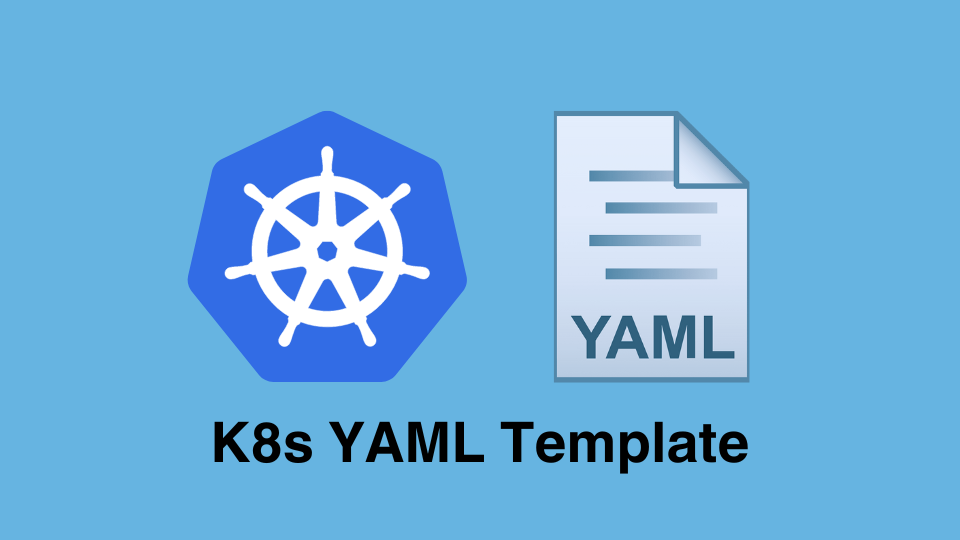
Exploring Kubernetes YAML Template to better understand and work with YAML manifests YAML ( YAML Ain’t Markup Language) is a human readable data serialisation language used to create configuration files with any programming language. Kubernetes is an open source container orchestration system that uses YAML configuration files also known as manifests used to deploy different resources in Kubernetes […]
Kubernetes vs Docker

Kubernetes vs Docker: Why not Both? In this article, we will discover the most widely used tools in the modern cloud-native container ecosystem: Docker and Kubernetes. Though Docker and Kubernetes are often used together, the most common question asked is Kubernetes or Docker. The answer is neither. Our comprehensive will give you a better understanding and help […]
Manage Docker As Non-Root User

Learn how to run Docker Commands as non-root users

